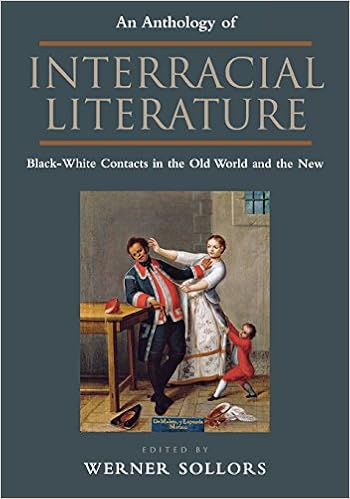The Tragic Mulatto Theme in Six Works of Langston HughesPosted in Articles, Literary/Artistic Criticism, Media Archive on 2012-05-08 17:34Z by Steven |
The Tragic Mulatto Theme in Six Works of Langston Hughes
Phylon (1940-1956)
Volume 16, Number 2 (2nd Qtr., 1955)
pages 195-204
Arthur P. Davis (1904-1996)
The Weary Blues (1925), the first publication of Langston Hughes, contained a provocative twelve-line poem entitled “Cross,” which dealt with the tragic mulatto theme. Two years later when Mr. Hughes brought out Fine Clothes to the Jew (1927), he included another poem on racial intermixture which he named “Mulatto.” During the summer of 1928 when Hughes was working with the Hedgerow Theatre at Moylan Rose Valley, Pennsylvania, he completed a full-length drama on the tragic mulatto theme, which he also called Mulatto. This play was produced on Broadway in 1935 where it ran for a full year, followed by an eight month’s tour across the nation. From the play, the poet composed a short story, “Father and Son,” which though written later than the play, appeared in The Ways of White Folks (1934), a year before the drama was produced. Returning once more to the theme, Hughes in 1949 reworked the play Mulatto into an opera, The Barrier, the music for which was written by the modern composer, Jan Meyerowitz. The opera was first produced at Columbia University in 1950. And finally in 1952, Hughes published another short story on the tragic mulatto theme entitled “African Morning.” This sketch appears in Laughing to Keep from Crying, a second collection of short stories. In short, for over a quarter of a century, the author has been concerned with this theme; returning to it again and again, he has presented the thesis in four different genres, in treatments varying in length from a twelve-line poem to a full-length Broadway play.
Before discussing Mr. Hughes’ several presentations of the theme, however, let us understand the term “tragic mulatto.” As commonly used in American fiction and drama, it denotes a light-colored, mixed-blood character (possessing in most cases a white father and a colored mother), who suffers because of difficulties arising from his bi-racial background. In our literature there are, of course, valid and convincing portrayals of this type; but as it is a character which easily lends itself to sensational exaggeration and distortion, there are also many stereotypes of the tragic mulatto to be found And these stereotypes, as Professor Brown has so…

